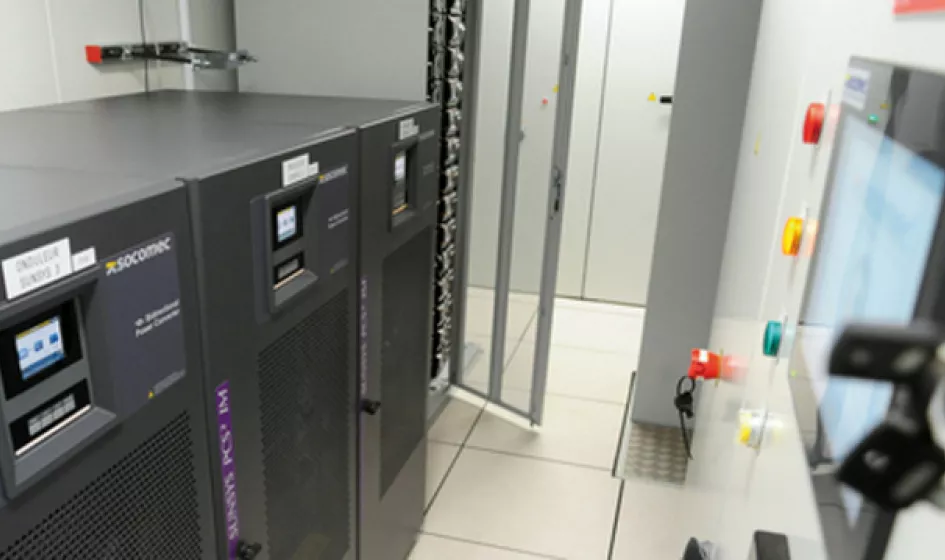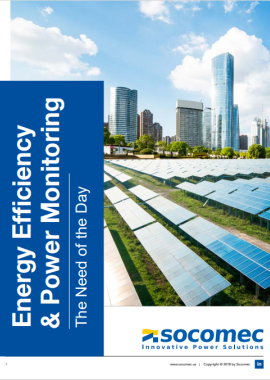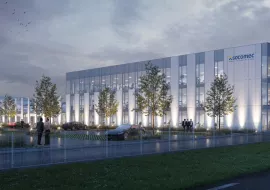Smarter energy decisions not only help you to meet the required efficiency standards, but they also reduce your building’s energy costs—saving you money.
To gain better control over energy usage, many building managers are investing in energy storage systems. One of the primary applications of an energy storage system for buildings is to optimize energy consumption.
How Does an Energy Storage System for Buildings Save Money?
There are several ways in which an energy storage system helps you to optimize energy consumption and reduce your building’s energy costs. These include:
Peak Shaving. When the demand for energy is higher, the energy itself comes at a higher price. This is frustrating for building managers; you are paying more for the same amount of energy during some parts of the day than others! Did you know that demand charges can sometimes account for up to 50 percent of a building’s total energy bill? With an energy storage system, you can save up energy when the demand is low and use it during peak demand times, avoiding higher energy costs and eliminating demand charges!
Optimizing Total Cost of Consumption. Shifting from paying high costs during peak hours to storing your energy for later use will have a significant effect on your energy costs, as it allows you to decide when you’re spending money on energy. By buying energy during off-peak hours to charge your batteries and using your stored energy during on-peak hours, you reduce and optimize the cost of your overall energy consumption.
Utility Demand Response Programs. Utility companies want buildings to use less energy during peak demand times! Many of them are beginning to encourage this type of usage with demand response programs, in which companies that can shift their usage to off-peak times may receive incentives. When you change your consumption habits with energy storage, your building may become eligible for these incentives.
Additional Considerations
Energy storage systems like those sold by Socomec work by pulling in energy from the grid and storing it in batteries for later use. When you are ready to use this excess energy, such as during those peak usage times, you can use the energy stored in the batteries to power your building instead of pulling from the grid.
There are several key components of an energy storage system:
- A stack of batteries. Energy storage systems may use several different battery types, including lead-acid, lithium-ion, nickel cadmium, and more. These batteries are where the excess energy is stored.
- Bidirectional inverter. An inverter is the part of your system that converts your energy from AC to DC or vice versa. Energy coming into your system will be AC, which is incompatible with your batteries. The inverter can convert the AC power to DC to be stored in the batteries—and can later convert the DC power back to AC to power your building.
- Power monitoring. Monitoring your energy use is the first step in changing it. Power monitoring can help you not only to understand how you use energy in your building, but it can also help you to track times of peak energy usage so you can proactively plan when to use your stored energy.
- Energy Management System (EMS). The EMS is the brain of your energy storage system. It uses information about your energy usage to decide when you should be storing energy and when you should be using the energy you’ve stored.
For any energy storage system for buildings to have a real, measurable effect, it must be well-informed. Your energy management system needs accurate data about your energy consumption to make solid decisions about your energy use. When you have accurate, reliable power monitoring solutions in place, your EMS can make data-driven decisions and to optimize your energy costs.
Are you looking to reduce and optimize your building’s energy costs? An energy storage system for buildings can help! Socomec is an expert in energy storage solutions; we can help you find the right storage solution, power monitoring equipment, and energy management system to make a difference for your building.











